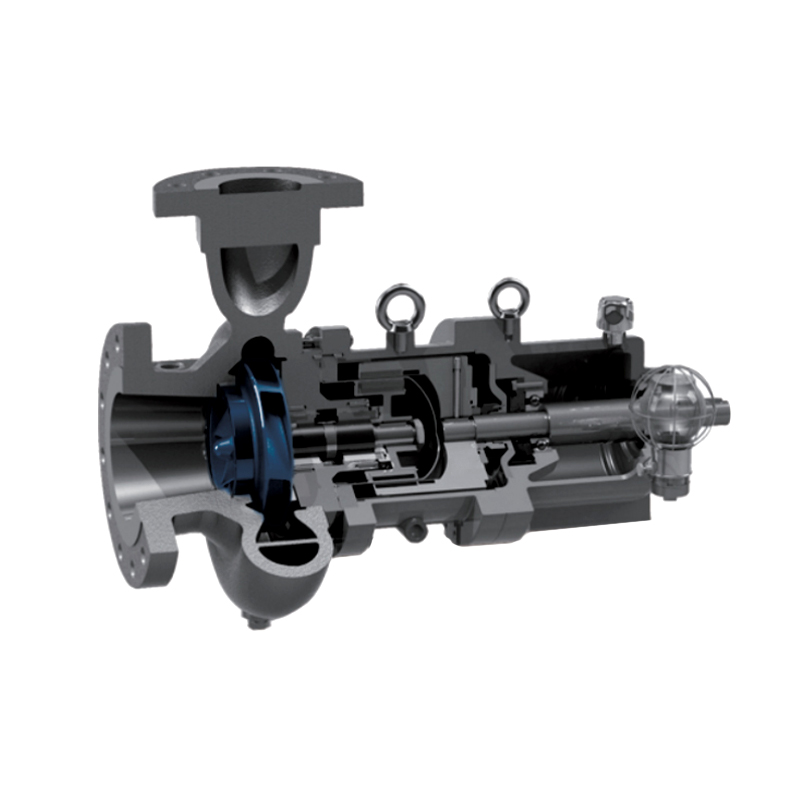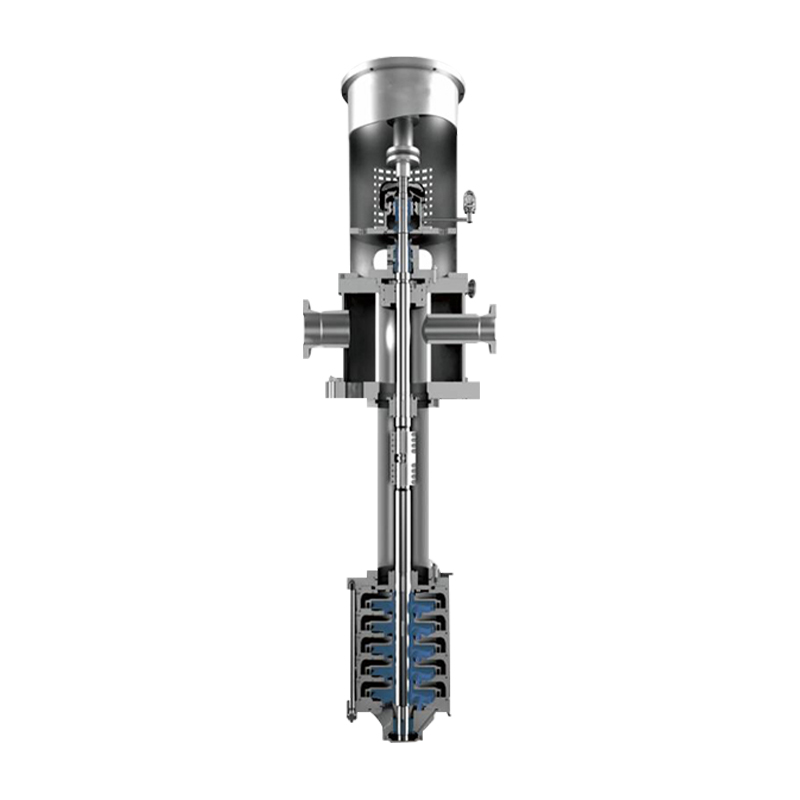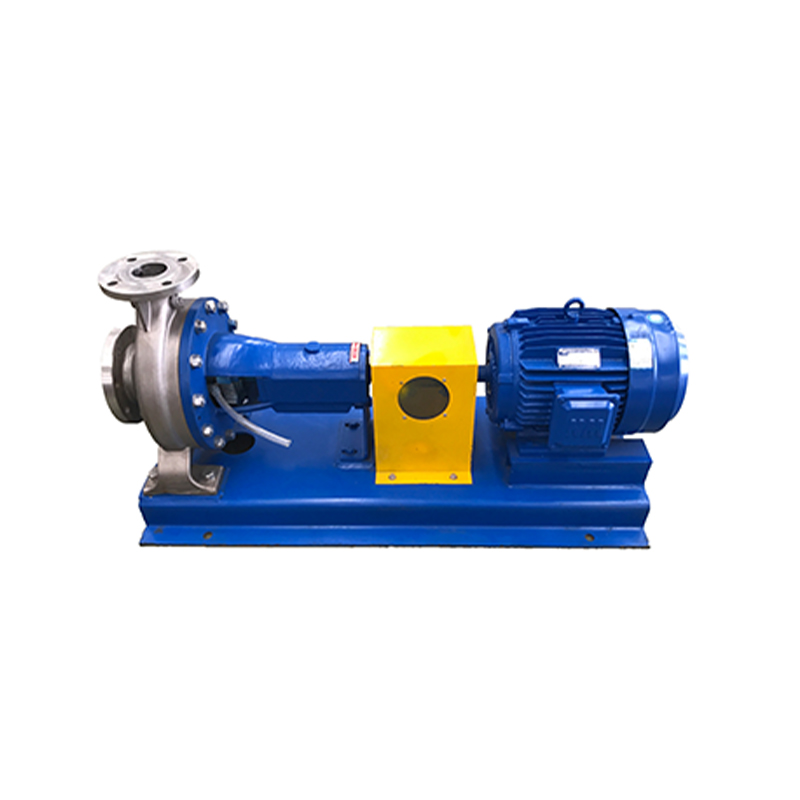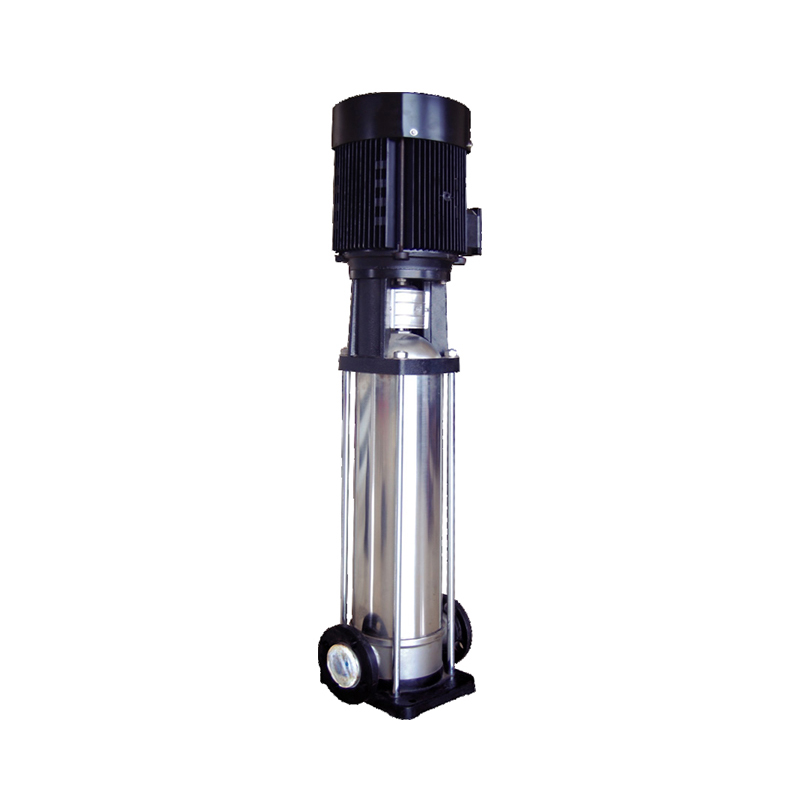What is a Radiant Tube?
A Radiant Tube is a device used for industrial heating based on the principle of radiant heat. It is typically made of heat-resistant metal pipes, with fuel (such as natural gas, propane, etc.) burned inside to generate heat. This heat is then radiated outward in the form of infrared radiation, which directly heats the surrounding objects. Unlike traditional convection heating systems, Radiant Tubes rely on radiation to heat objects directly rather than heating air first and then transferring that heat to the object.
Applications of Radiant Tubes
Radiant Tubes are widely used in various industrial sectors, particularly in scenarios that require efficient, energy-saving, and precise heating. Common applications include:
- Heat Treatment: Used in metal heat treatment processes such as annealing, quenching, etc.
- Glass Manufacturing: Used to heat the glass raw materials in glass production furnaces.
- Drying and Baking: For drying processes in industries such as food, coatings, and wood products.
- Plastic Processing: Radiant heat is used to control temperatures precisely during plastic processing.
Working Principle of a Radiant Tube
The Radiant Tube operates by burning fuel inside the pipe, generating high-temperature gases. These gases emit infrared radiation, which radiates outward and heats the surrounding objects directly. This method is different from traditional heating systems, as it doesn’t rely on heating air or other media first, and thus provides a more direct and efficient heat transfer.
How is a Radiant Tube More Efficient Than Traditional Heating Systems?
Working Principle of Traditional Heating Systems
Traditional heating systems typically rely on convection heating and conductive heating. In convection heating, air is heated and then circulates to transfer heat, while in conductive heating, heat is transferred through physical contact with the object.
These systems tend to suffer from energy loss, especially in large-scale industrial heating, since heat first warms the air or liquid and then gets transferred to the object surface. This process is less efficient than radiant heating.
Advantages of Radiant Tubes in Terms of Efficiency
Radiant Tubes offer significant advantages over traditional heating systems, especially in terms of heating efficiency. The key benefits include:
- Direct Heating: Radiant Tubes heat objects directly through radiation, bypassing the need to heat air or liquid first, thus reducing energy loss.
- Rapid Heat Transfer: Infrared radiation can quickly transfer heat to the object, as there is no intermediary like air or liquid.
- Energy Efficiency: Since heat loss is minimized in radiant heating, Radiant Tubes are generally more energy-efficient, lowering fuel consumption and operating costs.
Efficiency Comparison of Radiant Tubes and Traditional Heating Systems
| Parameter | Radiant Tube | Traditional Heating System |
|---|---|---|
| Heat Transfer Efficiency | High (direct radiation heating) | Moderate (air or liquid transfer) |
| Energy Consumption | Low (minimal heat loss) | High (needs to heat air or liquid first) |
| Temperature Control | Precise (can be accurately controlled) | Moderate (less precise control) |
| Environmental Adaptability | Strong (suitable for various industrial environments) | Weaker (requires specific conditions) |
From the table, it is evident that Radiant Tubes are more efficient in terms of heat transfer, energy consumption, and temperature control, making them ideal for large-scale industrial applications.
How to Choose the Right Radiant Tube for Different Heating Needs?
Key Factors in Selecting a Radiant Tube
When selecting a Radiant Tube, several factors need to be considered:
-
Heating Requirements: Choose the appropriate Radiant Tube based on the type of object to be heated, the required temperature range, and heating speed.
-
Fuel Type: Select the Radiant Tube that matches the available fuel types (such as natural gas, propane, etc.). Different fuels have different requirements for the equipment.
-
Heating Area: Consider the size of the area that needs to be heated to determine the number and specifications of Radiant Tubes needed.
-
Installation Space: Ensure that the installation space is adequate and that the equipment can be installed and operated efficiently in the available space.
Radiant Tube Selection Guide
| Factor | Considerations | Selection Advice |
|---|---|---|
| Heating Requirements | Type of material, temperature, heating speed | Choose the appropriate power and temperature range |
| Fuel Type | Available fuels such as natural gas or propane | Select equipment compatible with the existing fuel system |
| Heating Area | Size of the area to be heated | Determine the required tube size and number |
| Installation Space | Size and configuration of installation area | Choose an installation method suitable for site conditions |
When choosing a Radiant Tube, it’s important to consider all these factors to ensure compatibility and efficiency.
What is the Working Principle of a Radiant Tube? How Does It Heat Objects?
Basic Working Principle of a Radiant Tube
The Radiant Tube operates based on the principle of radiant heat. When fuel is burned inside the tube, it generates high-temperature gases. These gases release infrared radiation that radiates outward and directly heats objects. Unlike convection heating, where heat is transferred through the air or liquid, radiant heating transfers heat directly to the object’s surface, making it much more efficient.
Detailed Heating Process
-
Combustion Process: The fuel inside the Radiant Tube burns, producing a significant amount of heat. The temperature of the combustion gases can reach several hundred degrees Celsius or more.
-
Infrared Radiation: The high-temperature gases emit infrared radiation, which travels outward and heats the surface of the objects.
-
Heat Transfer: The radiated heat is absorbed by the surface of the object, causing its temperature to rise. This method of heating is faster and more efficient compared to air heating, as it eliminates the need for heat transfer through an intermediary medium.
Advantages of Radiant Heating
- High-Efficiency Heat Transfer: Radiant heating directly impacts the surface of the object, reducing heat loss.
- Precise Temperature Control: Radiant heating systems allow for precise control of temperature by adjusting combustion and radiation intensity.
- Energy Savings: With reduced heat loss, radiant heating systems are more energy-efficient.
By utilizing these processes, Radiant Tubes provide a more effective and efficient heating method compared to traditional systems.
How Long Does a Radiant Tube Last? How to Extend Its Lifespan?
Typical Lifespan of a Radiant Tube
The lifespan of a Radiant Tube depends on several factors, including the quality of the fuel, operating temperature, usage frequency, and maintenance. Typically, Radiant Tubes last between 5 to 10 years, but with proper maintenance, this lifespan can be extended.
Factors Affecting the Lifespan
-
Fuel Quality: Low-quality fuel may contain impurities that produce carbon deposits or corrosive substances during combustion, which can damage the tube surface.
-
Operating Temperature: Excessively high temperatures can accelerate metal fatigue, cracking, and thermal aging, shortening the tube’s lifespan.
-
Frequency of Use: Frequent start-stop operations or running the tube under heavy load for extended periods can cause wear and tear on the system.
-
Maintenance: Regular cleaning and inspection can prevent carbon buildup and corrosion, extending the lifespan of the Radiant Tube.
Measures to Extend the Lifespan of a Radiant Tube
- Regular Cleaning: Remove carbon buildup and impurities from the combustion chamber to ensure smooth operation.
- Control Operating Temperature: Avoid running the Radiant Tube at excessively high temperatures for prolonged periods and check the temperature control systems regularly.
- Use Proper Fuel: Choose high-quality fuel to prevent impurities that can damage the equipment.
- Periodic Inspection and Maintenance: Conduct regular checks for cracks, corrosion, and other wear signs to maintain the system’s efficiency.


 English
English русский
русский عربى
عربى

.jpg)















 ENG
ENG

 TOP
TOP